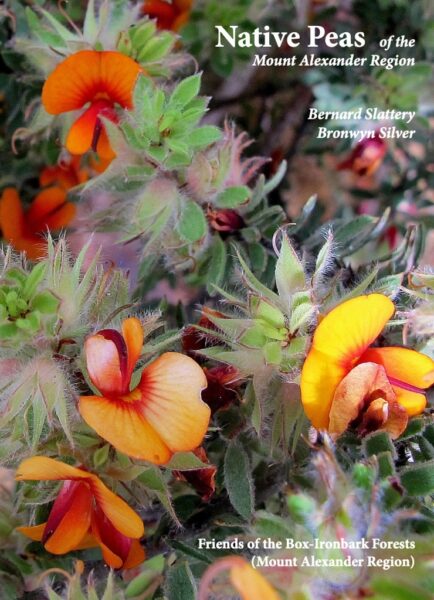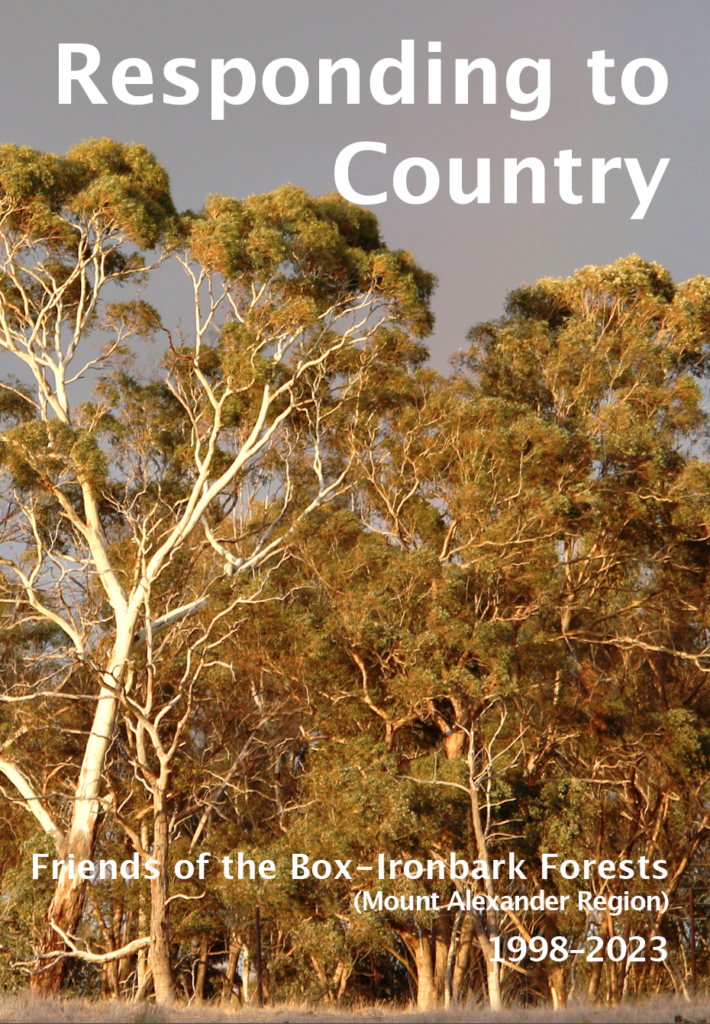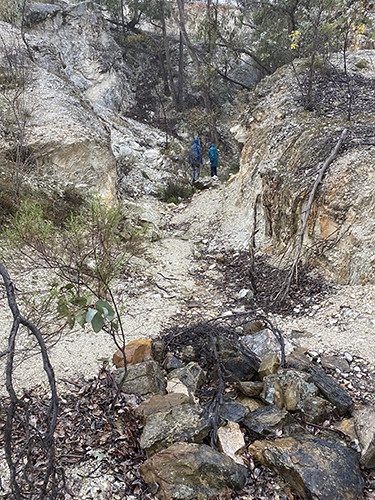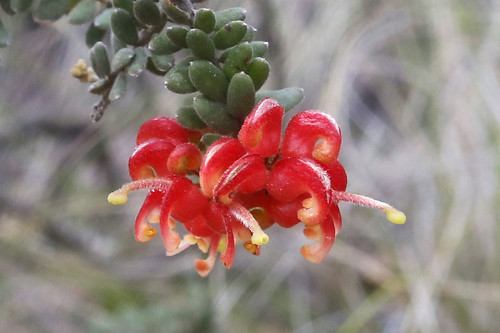A strong group took on FOBIF’s first walk for the year yesterday, to the Rock of Ages in the Nuggety Ranges. The recent dry weather has given the hills a real feel of late summer dustiness, but in this context the seven species of wattle observed stood out for greenery. The group also noted three species of mistletoe on a single tree. The views from Mount Moorul/The Rock of Ages are as always, spectacular. There’s something very special about this spot, enhanced by the presence of many bushes of the very rare Flat-leaf Bush-pea Pultenaea platyphylla. There are many reasons to return to this spot, one of them to see this species in flower (see first photo below).
- Flat-leaf Bush-pea in flower
- Long-leaved Box blossom
- View from Rock of Ages
Photos by Barb Guerin, Bernard Slattery and Bronwyn Silver.
Frances Cincotta sent us the following report:
“The walk was mostly under Long-leaved Box trees with some Grey Box, Yellow Box and Red Box. Walkers were challenged to count up how many Wattles we saw along the walk and we agreed at the end there had been 8 species,with Hedge Wattle being the most numerous, then some Gold-dust, Varnish, Lightwood, Spreading, Golden and Black Wattles, and the introduced Cootamundra Wattle.
We were interested to see on one old Black Wattle tree three different species of mistletoe – Drooping, Grey and Harlequin. Mistletoes are very important local species from an ecological point of view as they are host plants for butterfly larvae, provide food for nectar feeders when they are in flower, and later berries for birds such as the Mistletoebird. Mistletoes are parasitic in that they tap into the vascular system of host trees, robbing them of water and nutrients, but usually they do not kill their host. Mistletoes are often called “hemi-parasites” as they do have chlorophyll in their leaves and make some of their own food.
There wasn’t much in flower on the walk – some of the Long-leaf Box trees bore cream flowers, and a few Magenta Stork’s bill added a splash of hot pink to the understorey, and amongst the granite boulders at the Rock of Ages were some Rock Isotomes still in flower (though they are at their peak in October). We expected the Rock Correas to be in flower but they all looked rather stressed and were not flowering yet. We were pleased to see the Flat-leaf Bush-pea plants doing well there – a threatened species.”
Our thanks to Bronwyn Silver for guiding us up the hill—and down again. And to Frances Cincotta for her entertaining pauses for plant identification.
Next month’s walk is to the Loddon River at Baringhup. Check the program for details.

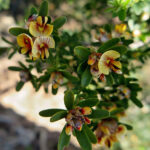
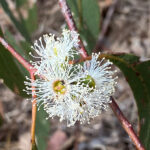
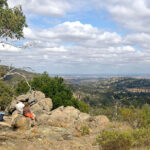
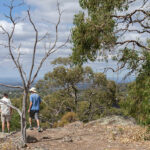
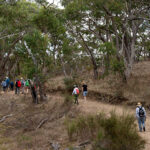
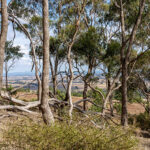

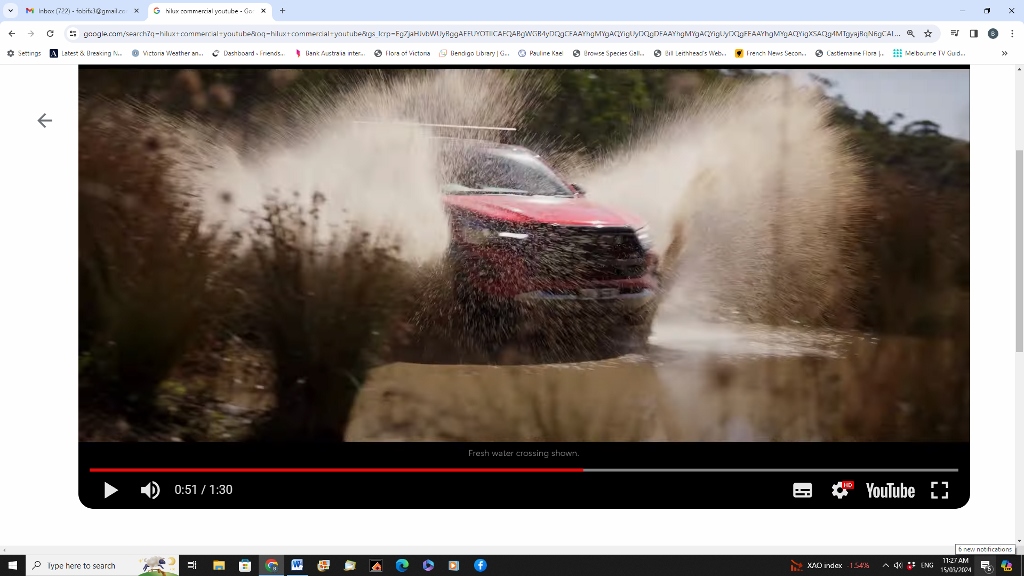
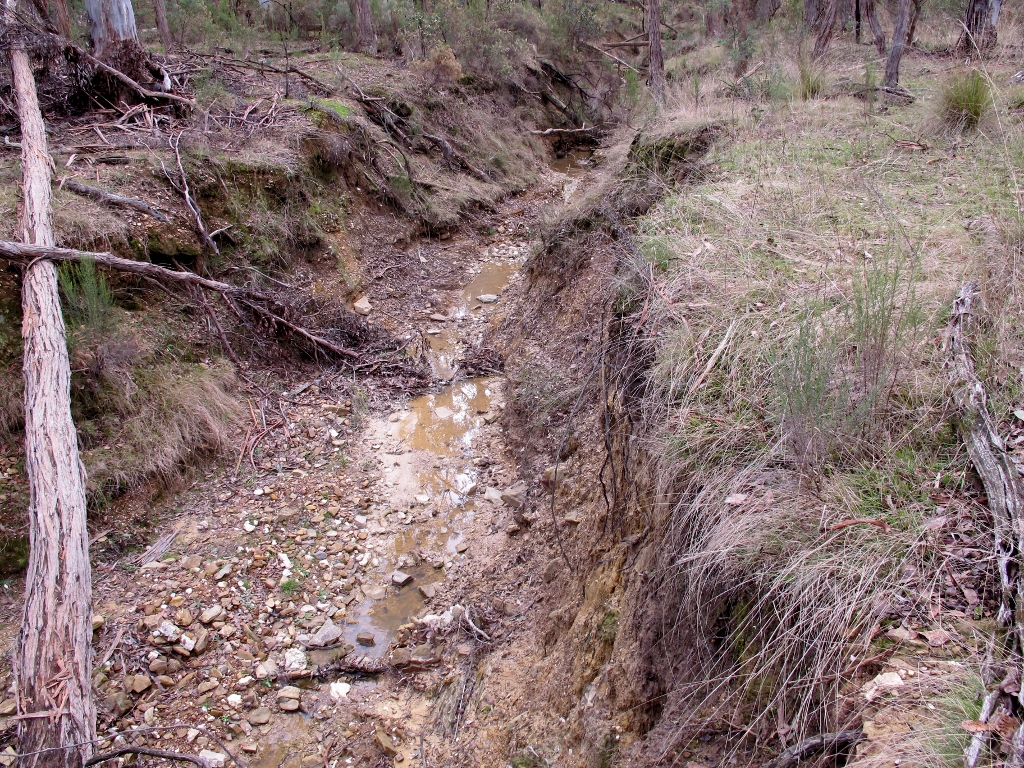
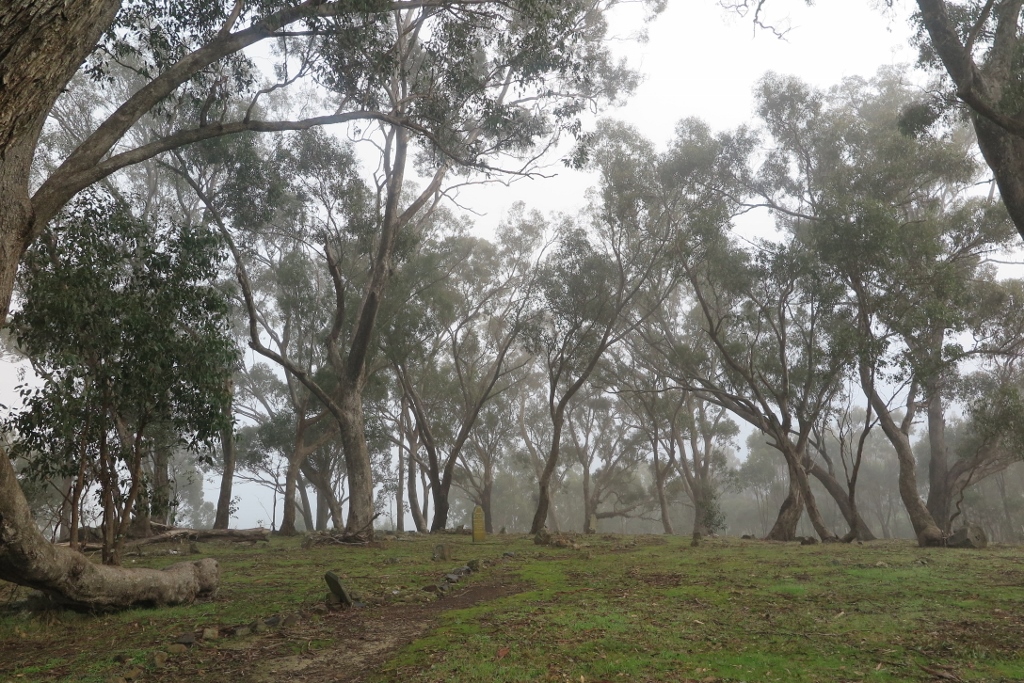
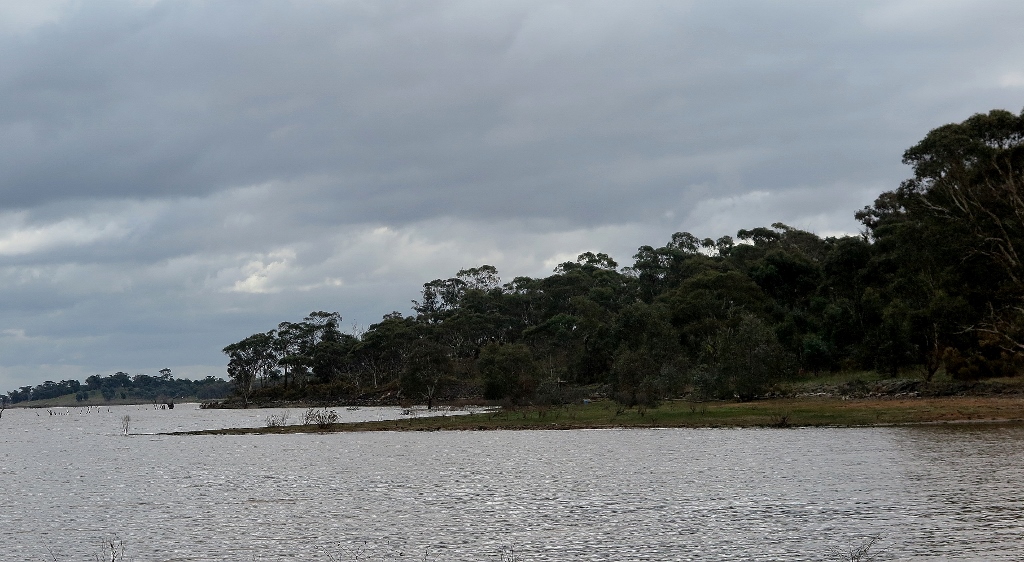
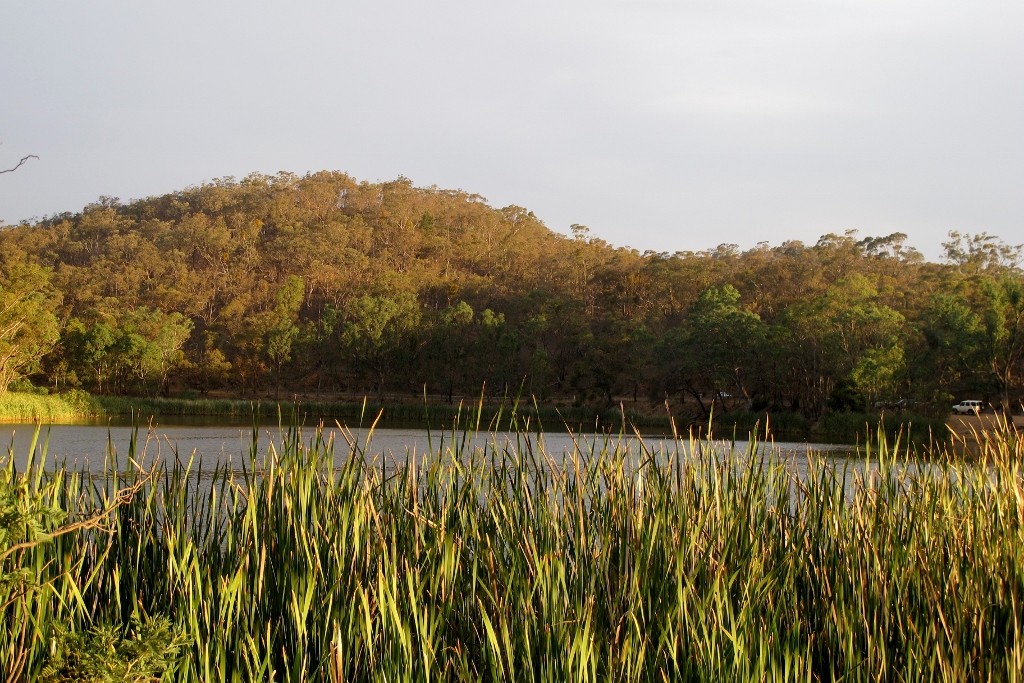
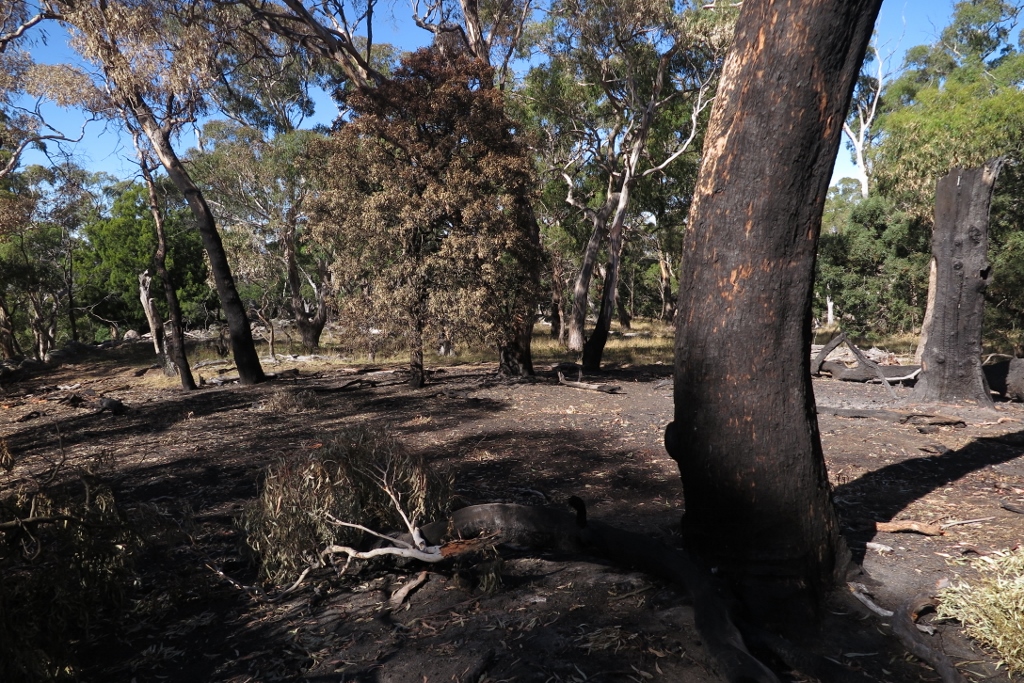
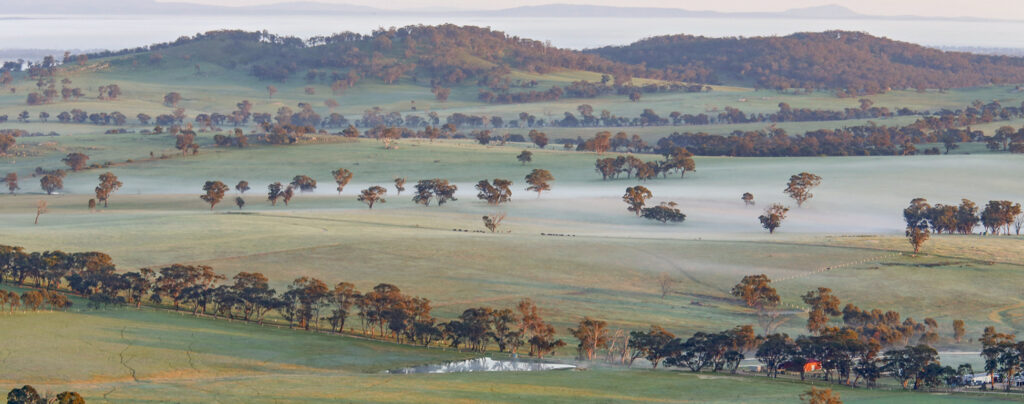

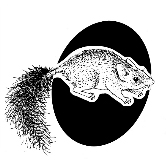
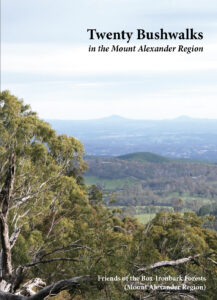
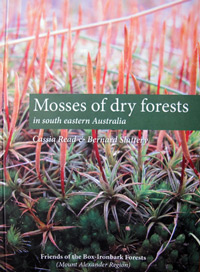 Click on image for info/order page
Click on image for info/order page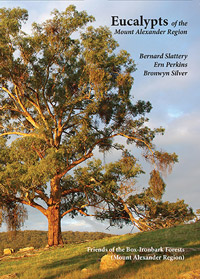 Click on image for info/order page
Click on image for info/order page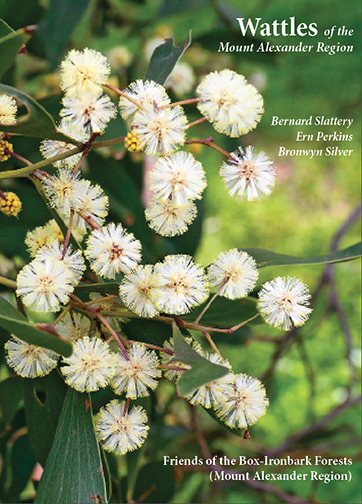 Click on image for info/order page
Click on image for info/order page